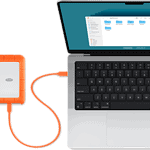Operating systems are the invisible but vital engines behind every modern digital experience. Whether you’re using a smartphone, gaming on a console, or developing software on a workstation, you’re relying on an OS to allocate memory, schedule tasks, manage files, and control hardware. It’s the software glue that holds the computing world together — and understanding it gives you a deeper appreciation (and control) of the tech you use every day.
While many people interact with operating systems passively, those who take the time to understand how they work gain a significant advantage — whether you’re studying computer science, managing IT infrastructure, or just curious about how your favorite gadgets tick.
Operating systems come in many forms — from consumer-friendly platforms like Windows 11 and macOS to developer-favorites like Linux. Some are tailored for mobile (Android, iOS), while others dominate in the server space (Unix, Linux distros). Choosing the right OS means weighing your needs for compatibility, user interface, security, and future support. But once you’re ready to go deeper, the next step is not just using an OS — it’s learning how it works under the hood.
That’s where books come in. Unlike scattered online tutorials or incomplete documentation, a great operating system textbook gives you a structured, in-depth journey through core concepts like process scheduling, memory management, file systems, and virtualization. Whether you’re a student, an aspiring developer, or a seasoned engineer, the books below will give you the foundation to understand and master OS design.
Here’s our ranked list of the best books about operating systems, complete with direct links so you can explore further.
Best Operating System Books – Ranked
| # | Book Title | Price |
|---|---|---|
| 1 | Operating Systems: Three Easy Pieces | Click For Price |
| 2 | Operating System Concepts (10th Edition) | Click For Price |
| 3 | Operating Systems: Principles and Practice | Click For Price |
| 4 | Operating System Concepts (Earlier Edition) | Click For Price |
| 5 | Modern Operating Systems (Global Edition) | Click For Price |
| 6 | Modern Operating Systems by Tanenbaum | Click For Price |
| 7 | The Linux Programming Interface | Click For Price |
| 8 | Operating Systems: Internals and Design Principles | Click For Price |
| 9 | How Linux Works | Click For Price |
| 10 | UNIX Design Classic | Click For Price |
| 11 | Systems Performance Book | Click For Price |
| 12 | Thinking in Systems | Click For Price |
What Makes These Books Stand Out?
- “Three Easy Pieces” is arguably the best beginner-to-intermediate OS book on the market. Its breakdown into virtualization, concurrency, and persistence makes abstract topics digestible, even for self-taught learners.
- “Operating System Concepts” is the gold standard textbook used in many universities. The 10th edition brings more examples and real-world relevance, while the earlier editions offer nearly the same material at a lower cost.
- “Modern Operating Systems” by Andrew Tanenbaum is often praised for its broad scope — and Tanenbaum’s legacy in academia is well-established (he designed MINIX, the precursor to Linux).
- “The Linux Programming Interface” is a must-read for Linux developers or anyone working close to the kernel, offering over 1,500 pages of thorough documentation and code examples.
- “Thinking in Systems” by Donella Meadows isn’t about OSes directly, but it’s an essential read for understanding systems theory — a mindset that benefits software engineers, sysadmins, and DevOps professionals alike.
Why Learn About Operating Systems?
Even if you’re not building an OS from scratch, knowing how they work can improve your skills in:
- Debugging and performance tuning
- Systems programming
- Cybersecurity and malware analysis
- Cloud computing and virtualization
- Writing efficient, low-level code
Plus, operating system knowledge is core to passing technical interviews at companies like Google, Amazon, and Meta. It’s also foundational for certifications like CompTIA Linux+, Red Hat Certified Engineer (RHCE), or even prepping for an SRE or DevOps role.
Final Word
No matter your level of experience, one of the best investments you can make in your computing education is understanding the operating system. These books offer that in-depth look — with structured paths, real-world examples, and expert insight you won’t find scattered online. Pick the one that fits your style and dive in. Your future tech projects will thank you.
Best Operating System Books
We’ve compiled a list of the top operating system books and instructions available today. These books will give you the tools you need to learn all about the systems that power everything from personal computers to enterprise servers, with each offering unique features and capabilities. Our selections consider factors like user interface, security features, compatibility with software, and overall performance.
Operating Systems: Three Easy Pieces
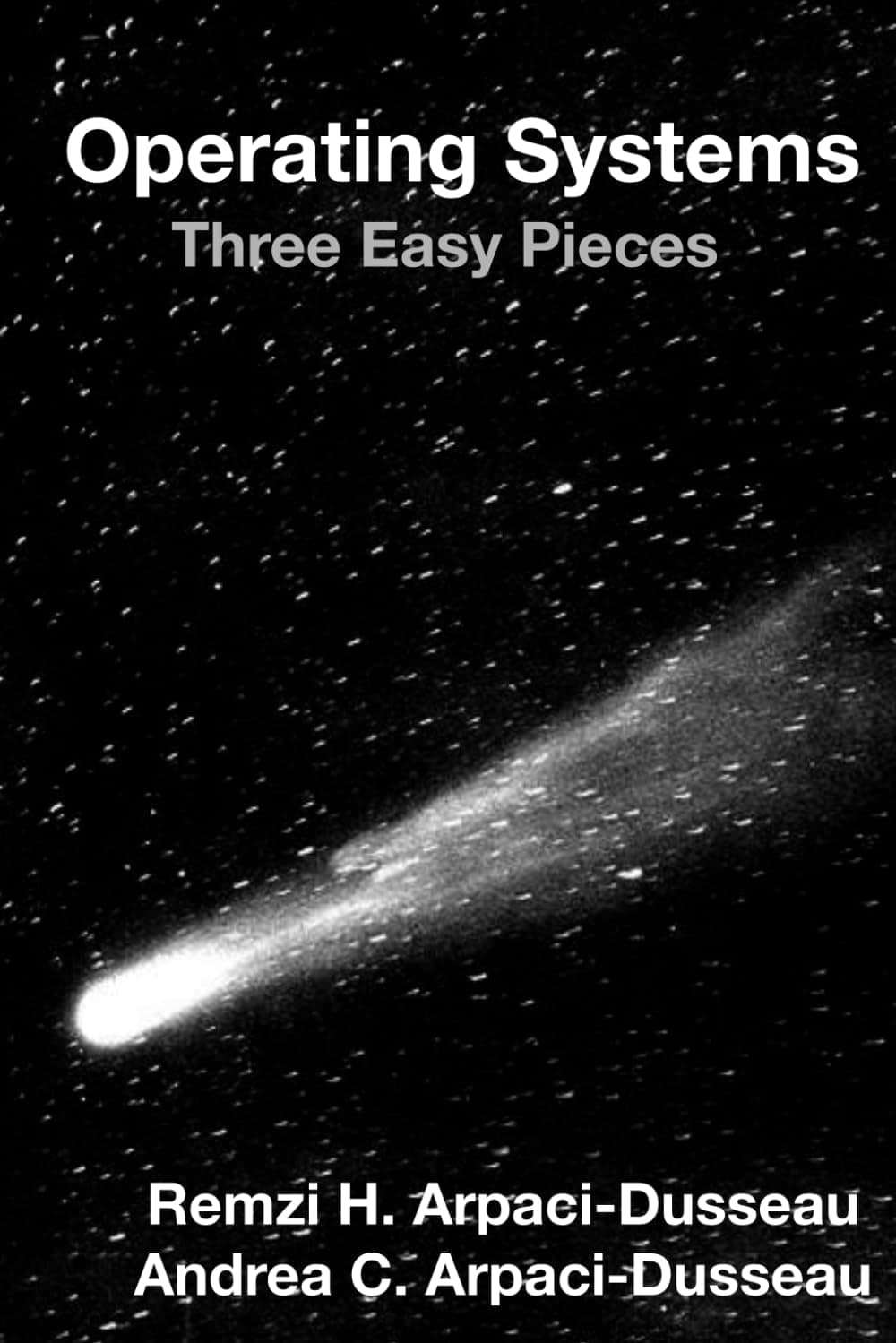
This comprehensive OS textbook offers exceptional clarity and practical examples that make complex systems concepts accessible for both students and professionals.
Pros
- Clear explanations with real-world examples
- Well-structured content broken into digestible sections
- Available online with supplementary materials
Cons
- Small font size in printed version
- Some code examples rely on specific libraries
- Not focused on embedded systems
We recently spent time with “Operating Systems: Three Easy Pieces” and found it refreshingly different from traditional OS textbooks.
The authors divide the complex world of operating systems into three key pieces: virtualization, concurrency, and persistence. This organization makes intimidating concepts much more approachable.
The writing style stands out immediately. Unlike many technical books that bog readers down with jargon, this text uses conversational language and humor to explain difficult concepts.
Each chapter ends with targeted homework problems that reinforce learning. We particularly appreciated how the authors build knowledge progressively, ensuring readers grasp fundamentals before tackling more advanced topics.
For self-taught programmers or professionals looking to fill knowledge gaps, this book provides excellent value.
The physical copy is reasonably priced, but the authors also offer the full text online for free. We found the physical book useful for studying away from screens.
At 747 pages, it’s comprehensive without being overwhelming, and the paper quality supports highlighting and note-taking.
Physical dimensions (6 x 1.69 x 9 inches) make it portable enough to carry in a backpack. The sections on virtual memory management and file systems were especially illuminating.
After reading this book, we gained a much deeper understanding of how modern operating systems function under the hood.
Operating System Concepts
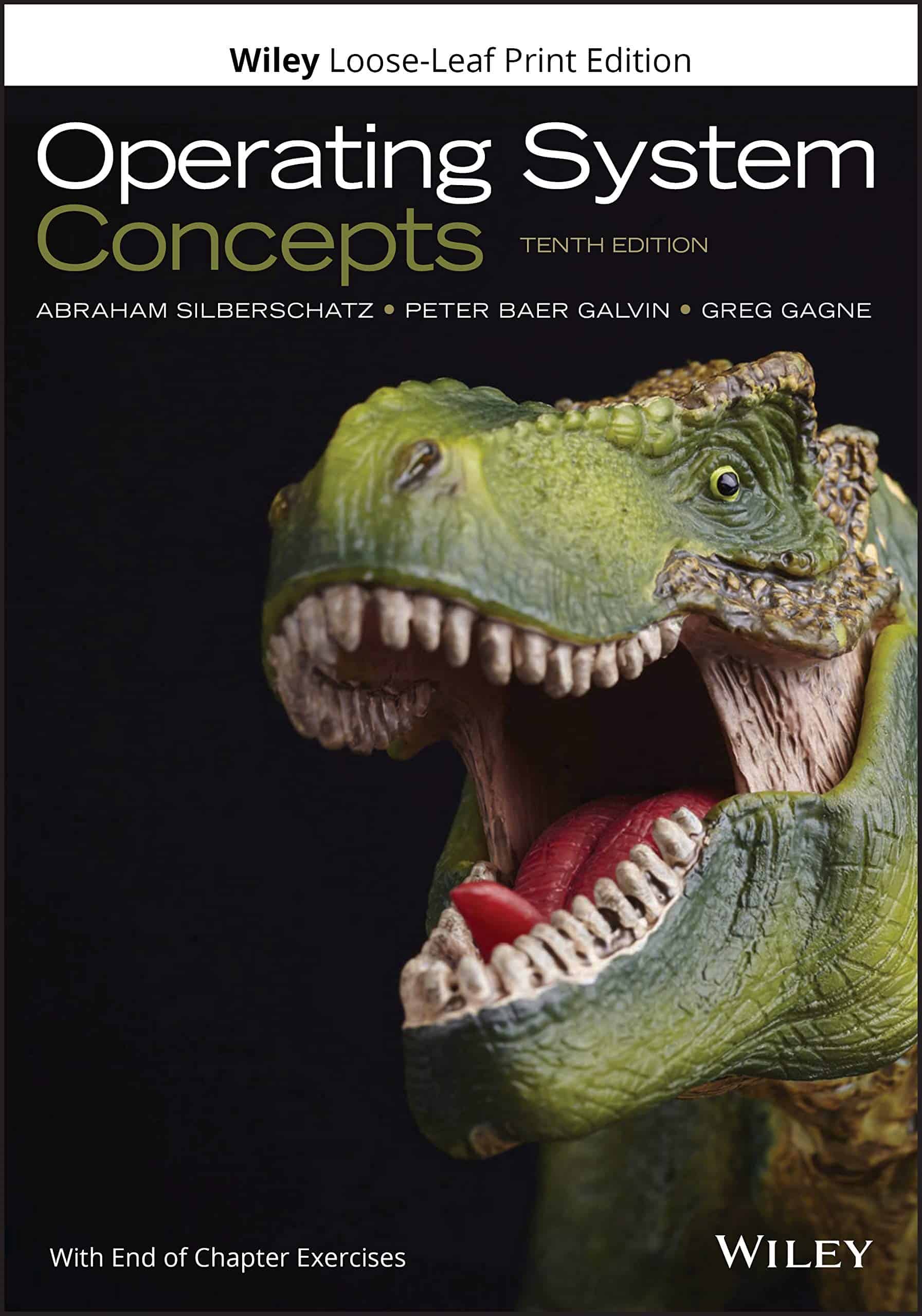
This textbook is an excellent investment for computer science students or professionals who need a comprehensive guide to operating system fundamentals.
Pros
- Thorough explanations with real-world examples
- Well-organized content with helpful diagrams
- Includes supplementary materials like slides and summaries
Cons
- Relatively expensive compared to other textbooks
- Very technical writing style may challenge beginners
- Loose-leaf format requires purchasing a separate binder
We recently used the 10th edition of “Operating System Concepts” (affectionately known as “the dinosaur book”) to refresh our understanding of OS fundamentals.
The depth of content is impressive, covering everything from process management to file systems with clear explanations.
The authors have structured the book logically, making complex concepts accessible through diagrams and code examples. Each chapter builds upon previous knowledge, and the end-of-chapter exercises help reinforce understanding.
We especially appreciated the historical context provided throughout, showing how operating systems have evolved over time.
Reading this book feels different from piecing together information from online sources. It offers a cohesive, authoritative perspective that’s hard to find elsewhere.
The loose-leaf format, while requiring a separate binder, allows us to take only relevant sections when needed.
For students or professionals who need a reliable OS reference, this book provides exceptional value despite its price tag.
Operating Systems: Principles and Practice
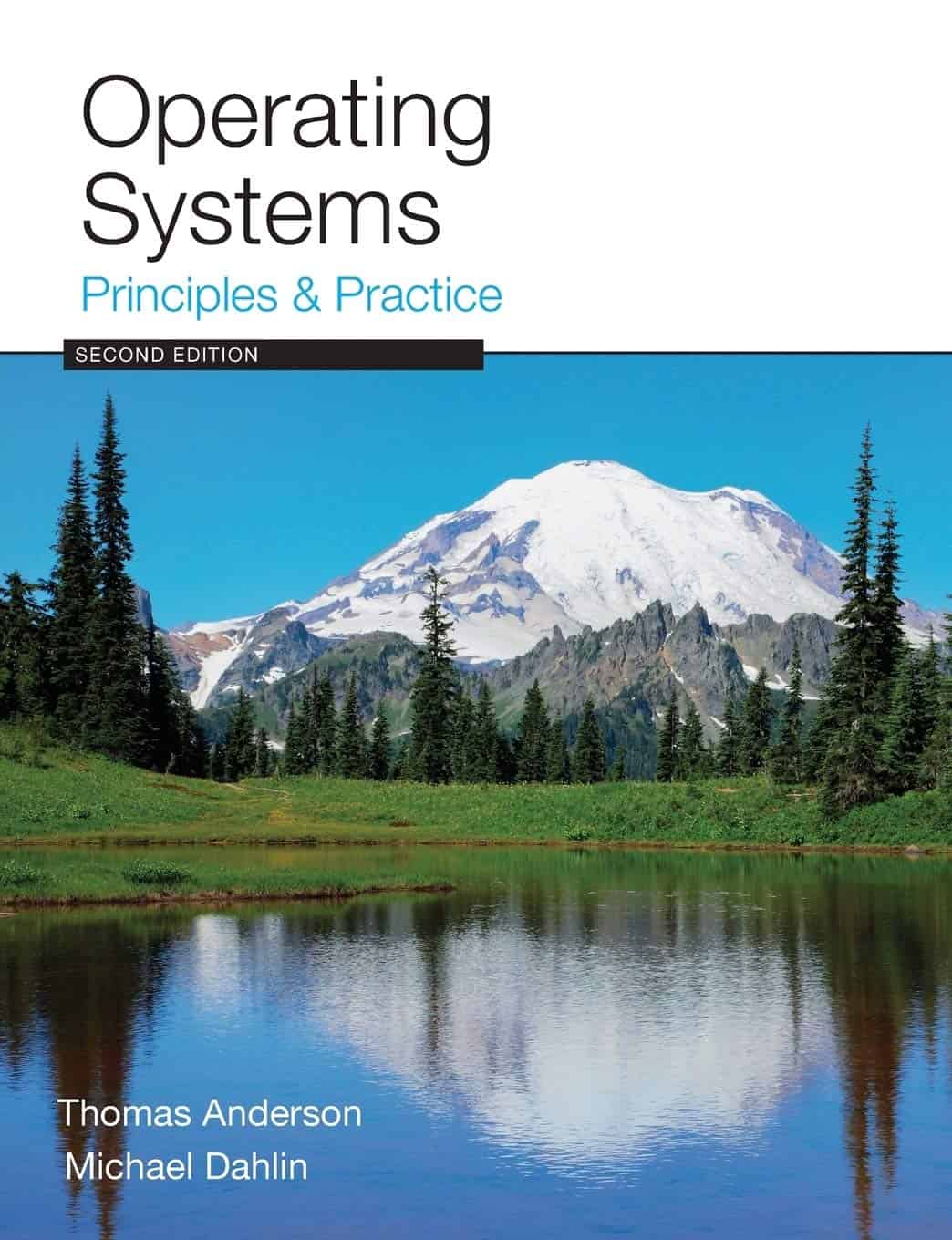
We highly recommend this comprehensive textbook for anyone studying operating systems due to its accessible explanations and practical approach to complex concepts.
Pros
- Explains complex OS concepts in approachable, clear language
- Excellent balance of theory and practical implementation details
- Well-structured content progression for beginners to intermediate learners
Cons
- More breadth than depth for some advanced topics
- Limited practical exercises for self-study
- Print quality issues reported by some readers
After using this textbook in our undergraduate operating systems course, we found it stands out from other OS books.
The authors expertly break down difficult concepts like virtual memory, scheduling, and resource allocation into digestible chunks that build logically on each other.
The book excels at making OS principles accessible to newcomers. Unlike some technical textbooks that get bogged down in jargon, this one uses straightforward language and helpful examples.
We particularly appreciated the sections on file systems and thread management, which clarified topics that often confuse students.
Many students in our class switched between this book and Tanenbaum’s “Modern Operating Systems” for different perspectives. This book proved especially valuable for self-study when lecture material wasn’t clear enough.
At 690 pages, it’s substantial but not overwhelming, with good organization that makes it easy to find specific topics when needed.
Operating System Concepts
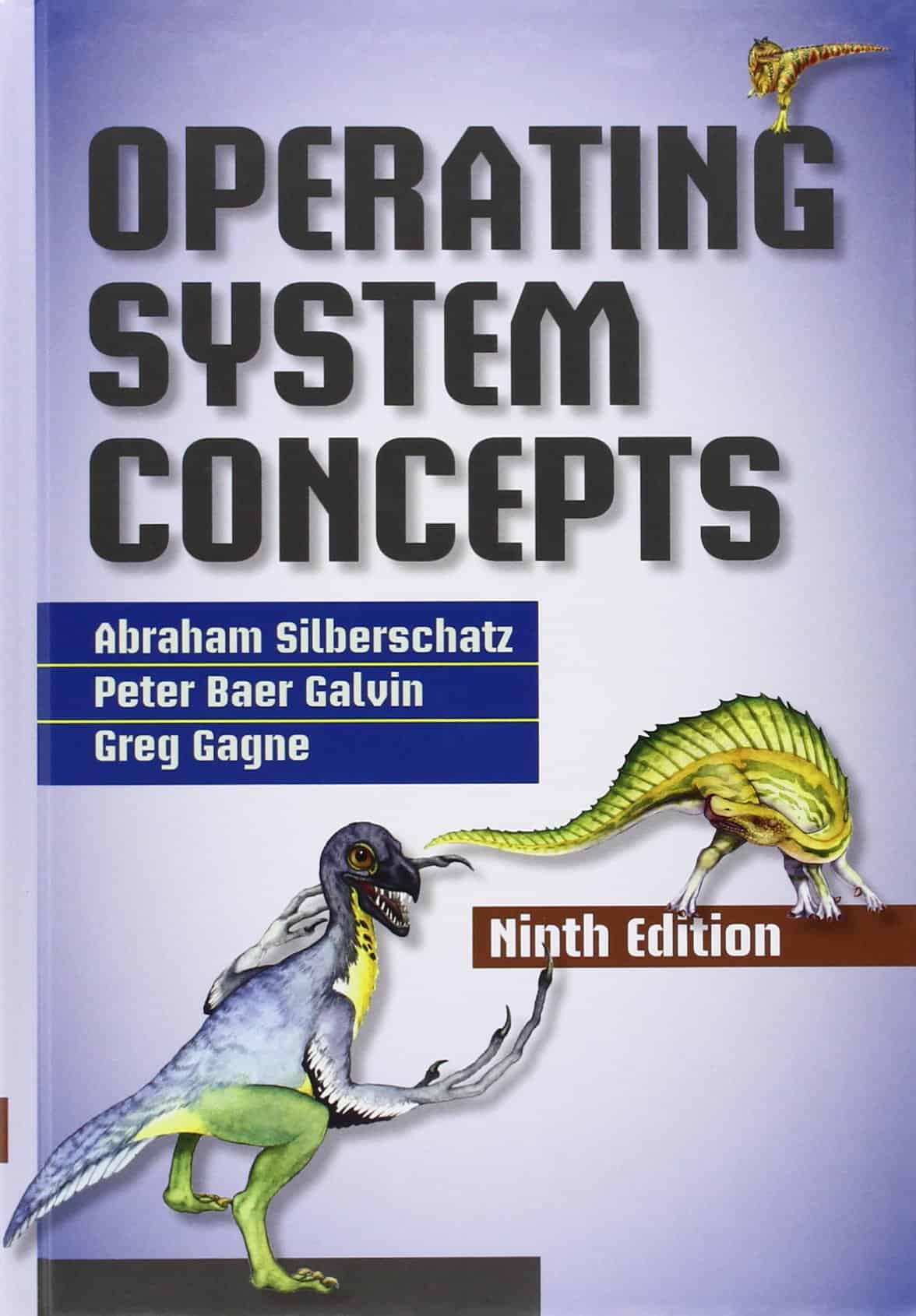
This comprehensive textbook is worth every penny for computer science students and professionals who need a solid foundation in operating system principles.
Pros
- Clear explanations of complex concepts with practical examples
- Consistent page numbering between digital and print versions
- Includes modern OS examples (Linux, Windows, etc.)
Cons
- Price point is high for the standard edition
- Dense material requires dedicated study time
- Some sections could use more visual aids
The ninth edition of Operating System Concepts has become our go-to recommendation for anyone serious about understanding how computers work at their core.
We’ve found the authors’ approach remarkably accessible considering the technical nature of the subject. The book structures information logically, building knowledge from fundamental principles to advanced topics.
When we used this textbook for reference during recent projects, we appreciated how it covers both theoretical concepts and practical implementations.
The comparison between different operating systems gives readers a comprehensive view of how principles apply across platforms. For instance, the memory management sections clearly explain how virtual memory works in both Linux and Windows environments.
The physical quality of the hardcover edition impressed us. At 976 pages and 3.4 pounds, it’s substantial but well-constructed for frequent use.
We noticed the international paperback edition offers significant cost savings with minimal differences in content. For budget-conscious students, this alternative provides excellent value while maintaining the educational benefits of this classic text.
Modern Operating Systems

This comprehensive textbook provides an excellent foundation for anyone studying computer science or seeking to understand the inner workings of today’s operating systems.
Pros
- Thorough coverage of both theoretical concepts and practical implementations
- Clear explanations with helpful diagrams and examples
- Updated content reflecting current OS technologies
Cons
- Considerable weight at nearly 4 pounds
- Significant time investment to work through all 1184 pages
- Some concepts may be challenging for absolute beginners
We recently worked through this global edition of “Modern Operating Systems” and found it to be an invaluable resource for understanding how computers function at their core.
The author breaks down complex topics into digestible sections, making it easier to grasp difficult concepts.
The book excels at balancing theoretical foundations with real-world applications. When we studied the sections on memory management and file systems, we appreciated how the text connects abstract principles to actual implementations in Windows, Linux, and other popular systems.
This practical approach helps readers understand not just how operating systems work in theory, but how they’re built in practice.
At 1184 pages, this isn’t a quick read, but the organization makes it useful as both a course textbook and a reference guide. We’ve found ourselves returning to specific chapters when needing to refresh our understanding of particular concepts.
The global edition ensures the content is relevant to international readers, though the core material remains focused on fundamental principles that apply universally.
Charts and diagrams throughout the book help visualize complex processes, which we found particularly helpful when studying topics like process scheduling and synchronization.
For students or professionals working with operating systems, this book provides a solid foundation that will serve you well regardless of which specific OS you ultimately work with.
Modern Operating Systems by Tanenbaum

This comprehensive textbook is worth every penny for computer science students or professionals wanting to understand operating system fundamentals with real-world applications.
Pros
- Clear explanations with practical examples that simplify complex concepts
- Excellent coverage of both traditional and modern operating systems including Linux and Android
- Well-structured content suitable for both beginners and advanced readers
Cons
- Some printing issues reported in the international edition
- Physical weight makes it less portable than digital alternatives
- Technical depth may overwhelm casual readers
We’ve spent considerable time with Tanenbaum’s Modern Operating Systems, and it continues to impress us as one of the most accessible yet thorough resources in this field.
The author strikes an excellent balance between theoretical foundations and practical implementations that students and professionals alike will appreciate.
The fourth edition builds on previous versions with expanded content on Linux and Android operating systems. The writing style remains remarkably clear for such technical material. We found the diagrams particularly helpful in visualizing complex processes like memory management and process scheduling that might otherwise be difficult to grasp.
What sets this book apart is how Tanenbaum connects abstract operating system concepts to real-world examples.
The international edition is virtually identical to the US version in content, making it a cost-effective option for students. While some readers noted minor printing imperfections, these don’t detract from the exceptional quality of the information presented.
Students taking operating systems courses will find this book invaluable. It provides enough depth for serious study while remaining accessible to newcomers.
The comprehensive index and well-organized chapters make it easy to locate specific topics when needed. For anyone looking to understand how modern computers work at a fundamental level, this textbook is an excellent investment.
The Linux Programming Interface
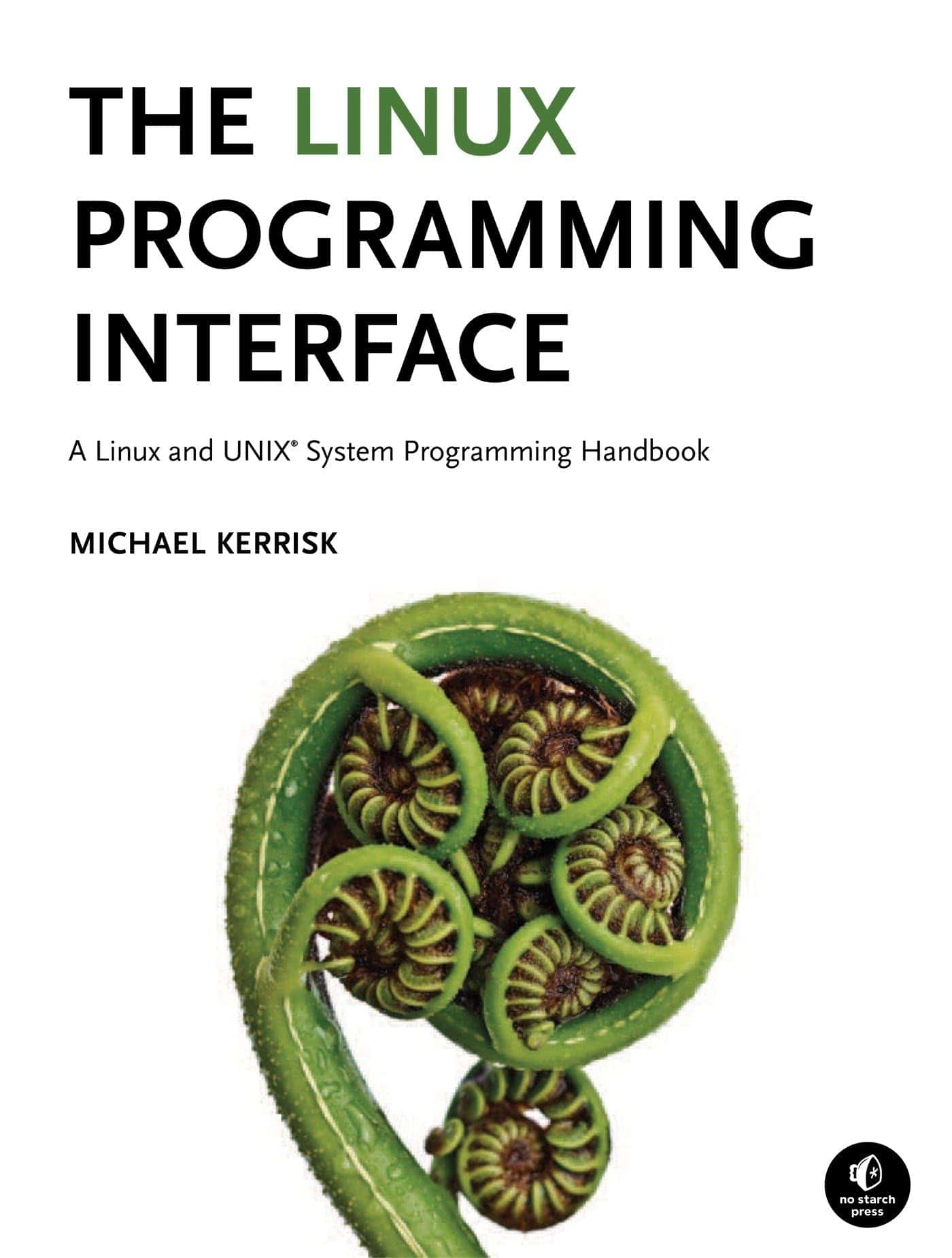
This comprehensive handbook is an essential resource for any developer looking to understand Linux system programming at a deeper level.
Pros
- Exceptionally detailed coverage of Linux/UNIX API
- Clear explanations with practical code examples
- Well-organized content that builds knowledge progressively
Cons
- Intimidating size at 1552 pages
- Some concepts require prior programming experience
- Published in 2010, missing some newer Linux features
We found Michael Kerrisk’s “The Linux Programming Interface” to be an invaluable desk reference for both beginning and experienced Linux programmers. The book’s 1552 pages contain a wealth of information about Linux system calls, library functions, and programming techniques.
The paper quality and typography make extended reading sessions comfortable, which is important for a technical book of this size. Each chapter follows a consistent structure with explanations, code examples, and summaries that reinforce key concepts. We appreciate how Kerrisk builds knowledge progressively, introducing foundational concepts before diving into more complex topics.
Code examples are particularly helpful, providing practical implementations that we could easily adapt to our own projects. Unlike many programming books that feel outdated quickly, the core Linux programming interfaces covered here remain relevant despite the 2010 publication date. We’ve referred to specific sections multiple times while debugging our own system-level code.
For developers working with Unix-like systems, this book serves as both a learning tool and reference manual. It’s particularly valuable for understanding how Linux works under the hood. While online documentation exists, we found having this comprehensive resource in a single volume helped us grasp the bigger picture of Linux system programming.
Operating Systems Textbook
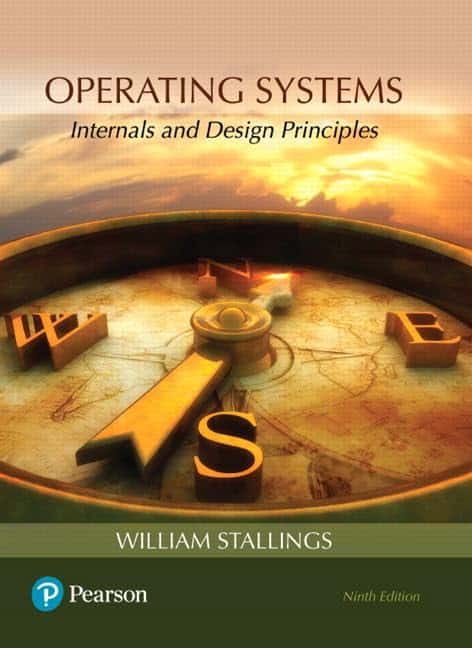
We recommend this comprehensive textbook for computer science students who need a solid foundation in operating system principles, despite its technical density.
Pros
- Thorough coverage of core OS concepts
- Well-organized chapters with helpful diagrams
- Useful for both classroom and reference purposes
Cons
- Explanations can lack clarity in complex topics
- Expensive compared to other textbooks
- Online resources may be unavailable
Weighing in at over 800 pages, this ninth edition of “Operating Systems: Internals and Design Principles” offers a deep dive into the inner workings of operating systems. We found the book particularly strong when explaining process management concepts and memory allocation techniques. The diagrams throughout the text help visualize abstract concepts that might otherwise be difficult to grasp.
Students new to OS concepts might struggle with some sections where the author assumes prior knowledge. We noticed this especially in the virtual memory chapters, where certain terms are introduced without sufficient background explanation. Despite this shortcoming, the book systematically builds knowledge from basic concepts to advanced topics in a logical progression.
The physical quality of the hardcover is excellent, with clear printing and durable binding that withstands frequent reference. Several classrooms we’ve visited use this as their primary textbook, although professors often supplement it with additional materials to clarify certain points. While expensive like most technical textbooks, we’ve found it remains useful long after coursework ends as a professional reference guide.
How Linux Works
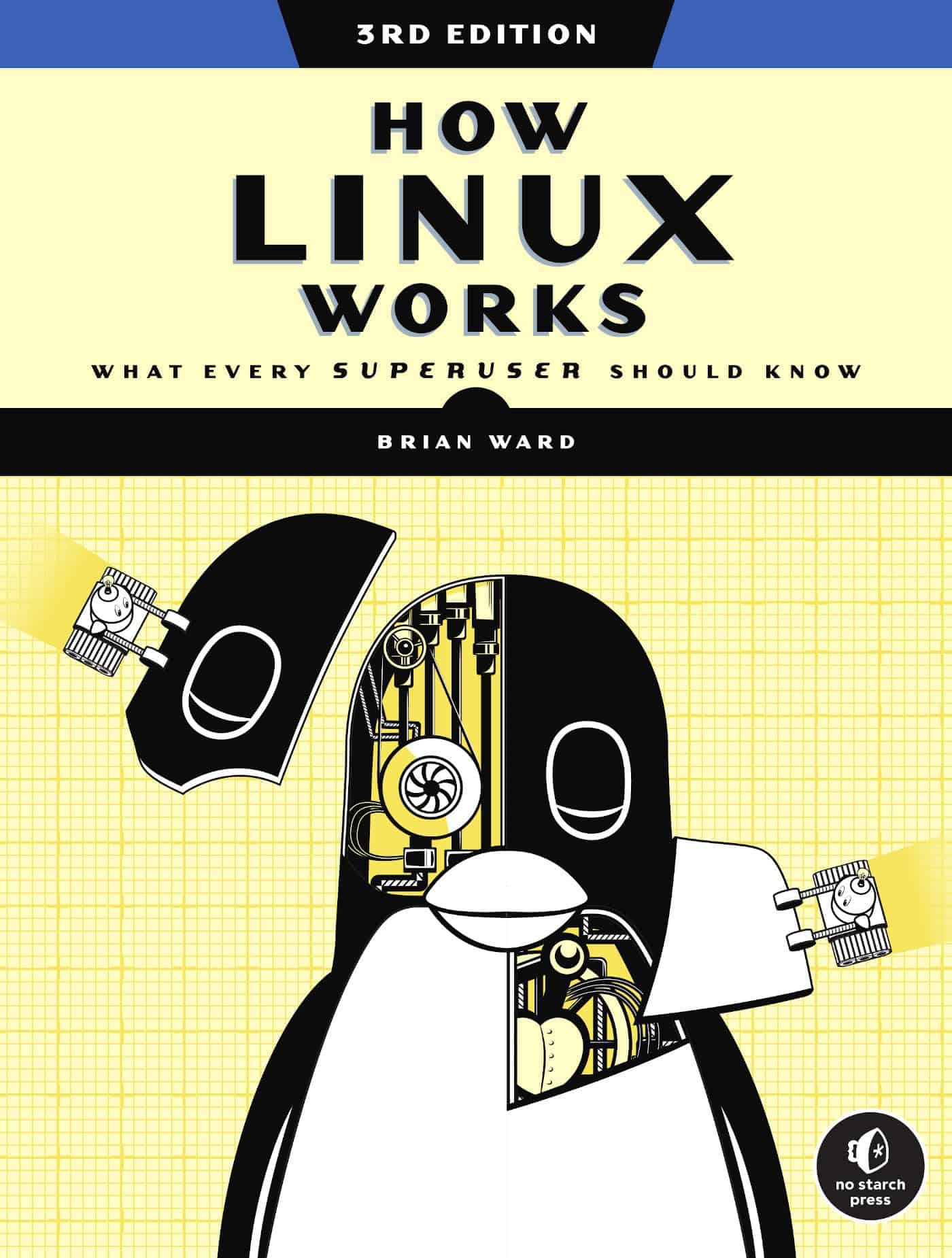
This comprehensive guide is essential for anyone wanting to understand Linux deeply, offering clear explanations and practical knowledge that both beginners and experienced users will appreciate.
Pros
- Logical organization with well-defined concepts
- Excellent balance of technical depth and readability
- Covers core Linux fundamentals thoroughly
Cons
- Some newer technologies receive limited coverage
- Might be overwhelming for absolute beginners
- Lacks depth on certain container technologies
We found Brian Ward’s third edition of “How Linux Works” to be an exceptional resource for both Linux enthusiasts and IT professionals. The author walks readers through the inner workings of Linux operating systems with remarkable clarity, avoiding unnecessary jargon while maintaining technical accuracy.
The book’s approach to explaining complex concepts stands out. Each chapter builds on previous knowledge, starting with basic system components and progressing to more advanced topics like networking and shell scripting. We tested many of the commands and procedures described in the book on our Ubuntu and CentOS systems, confirming they work as described.
For IT professionals transitioning from Windows environments, this book bridges critical knowledge gaps. The sections on file systems, process management, and boot sequences are particularly illuminating. With 464 pages of content, it offers substantial depth without becoming overwhelming. Though it doesn’t cover every cutting-edge technology (some container options like Nix are absent), we believe it provides the foundational knowledge needed to understand and work with virtually any Linux distribution.
UNIX Design Classic
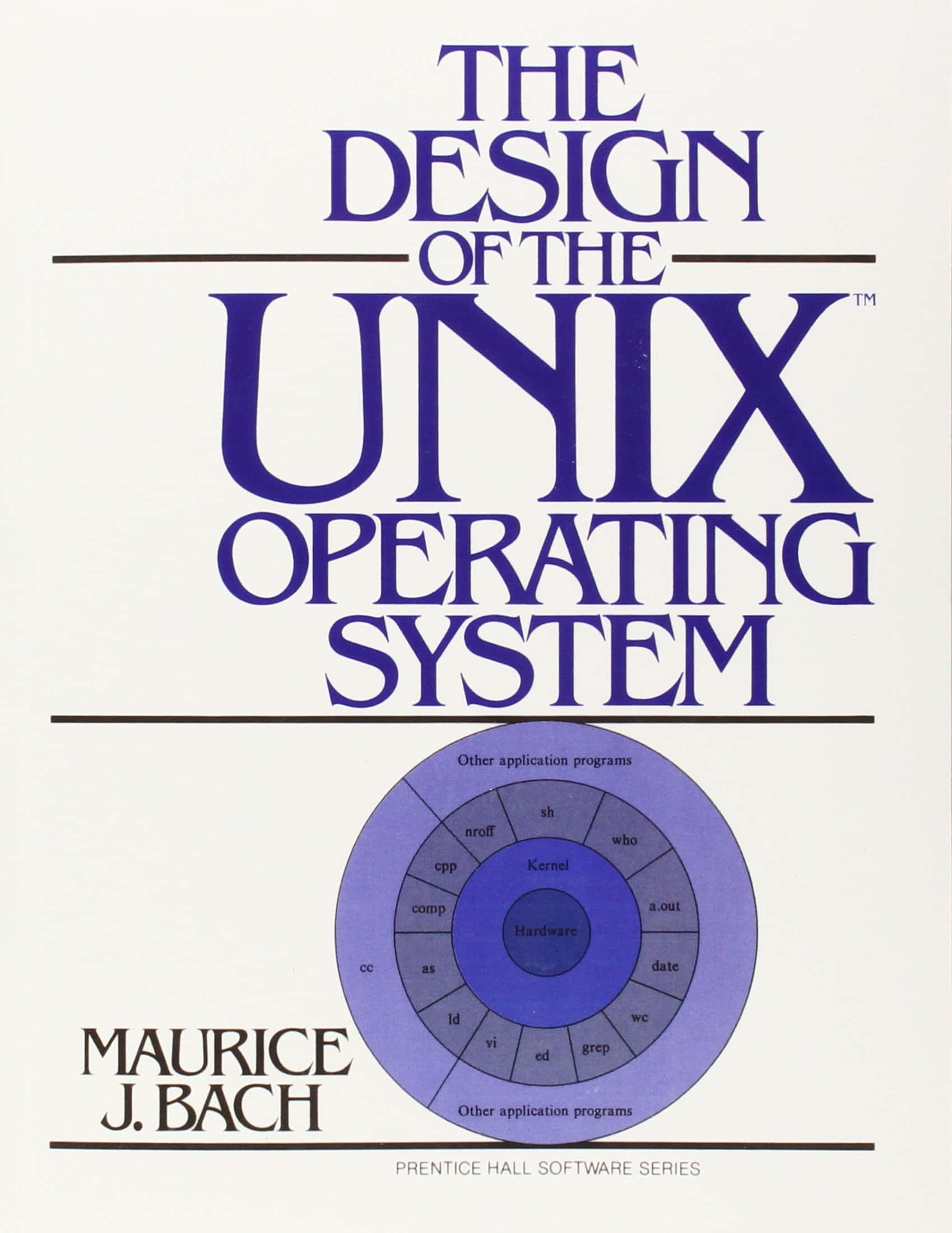
This landmark text remains essential for anyone serious about understanding operating system architecture despite its age, offering timeless insights into the fundamentals that still underpin modern Unix-like systems.
Pros
- Explains complex OS concepts with remarkable clarity
- Contains foundational knowledge still relevant to modern Linux
- Includes detailed diagrams that illuminate abstract concepts
Cons
- Published in 1986, some technical details are outdated
- Assumes basic programming knowledge
- Dense material requires careful study
We recently revisited this classic text and were struck by how well its explanations have stood the test of time. The author, Maurice Bach, presents the inner workings of Unix with a methodical approach that builds understanding layer by layer. His explanations of process management and memory allocation remain among the clearest we’ve encountered in any operating system text.
The book’s strength lies in its detailed exploration of file system implementation. Bach walks through the journey of a system call from user space to kernel execution with precision that helps demystify what happens beneath the surface. Though written about Unix System V, we found the principles directly applicable when working with modern Linux kernels.
Despite its age, readers familiar with contemporary operating systems will recognize the architectural patterns described here. The section on interprocess communication provides insights that helped us debug a stubborn race condition in a recent project. For developers working on system-level software, this book offers more than historical perspective—it delivers practical understanding that continues to prove valuable decades after publication.
Systems Performance Book
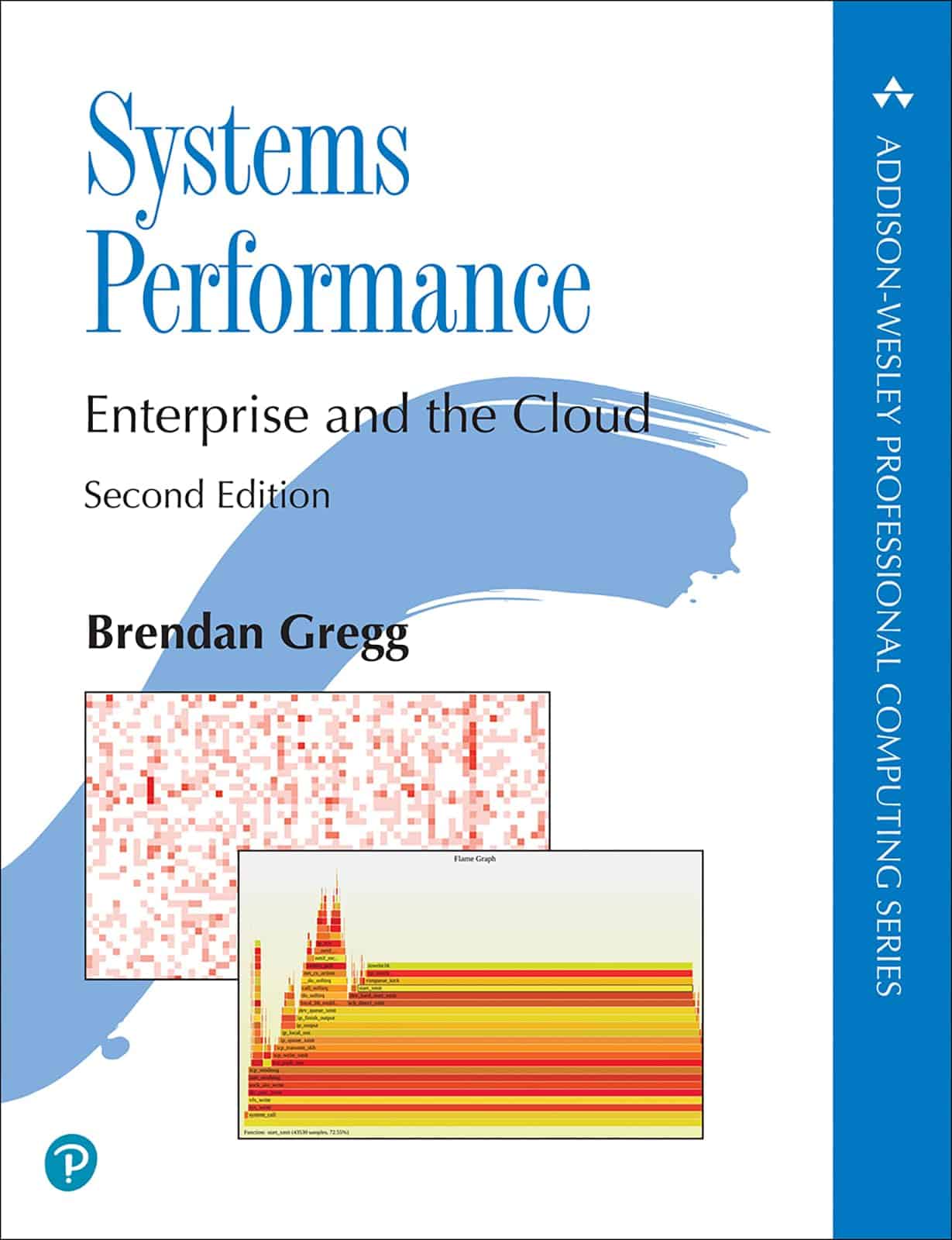
We highly recommend this comprehensive guide for anyone serious about understanding and optimizing system performance across enterprise and cloud environments.
Pros
- Methodical approach to performance analysis with clear, applicable frameworks
- Extensive coverage of modern tools including BPF and cloud-specific techniques
- Written by a recognized expert with real-world examples
Cons
- Dense technical content might overwhelm beginners
- Some topics receive repetitive coverage
- At 928 pages, requires significant time investment
Brendan Gregg’s second edition of “Systems Performance” delivers exceptional value for IT professionals. The depth of knowledge is immediately apparent when diving into chapters on performance methodologies. What sets this book apart is how it bridges theoretical concepts with practical applications, especially in cloud environments.
Using this resource transformed our approach to performance troubleshooting. The BPF (Berkeley Packet Filter) sections proved particularly valuable for our Kubernetes work. Unlike basic performance guides that only scratch the surface, this book provides comprehensive frameworks that can be applied across different systems and scenarios.
The writing style balances technical accuracy with accessibility. Though some concepts appear multiple times throughout the book, we found this reinforcement helpful rather than redundant. At over 900 pages, it’s not a quick read, but serves better as a reference that you’ll return to repeatedly. Software engineers, systems administrators, and SREs will find this an indispensable resource for tackling complex performance challenges.
Thinking in Systems
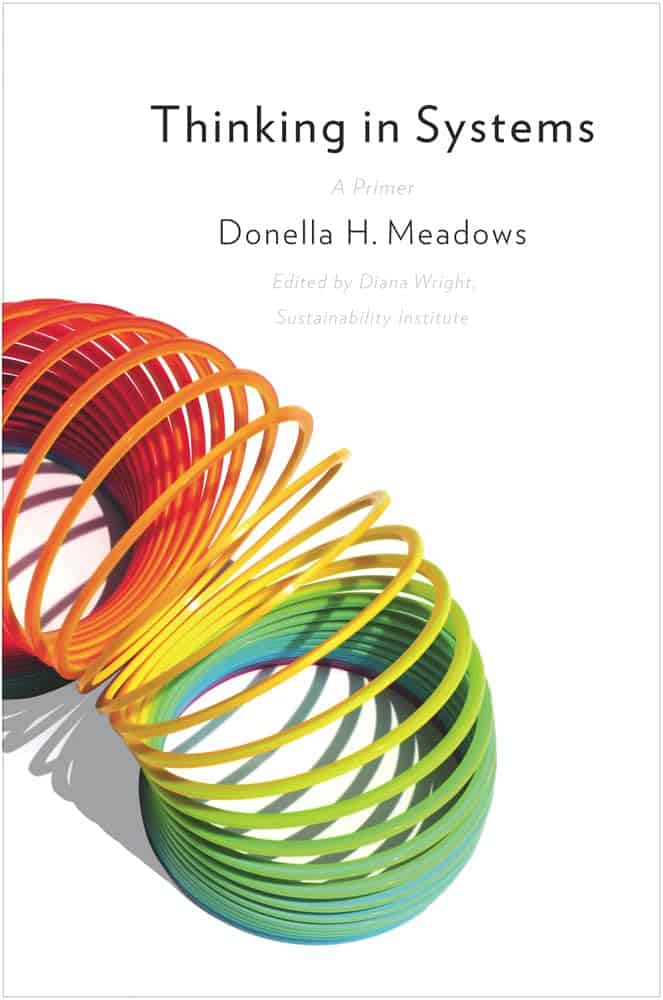
We believe this international bestseller by Donella Meadows is essential for anyone looking to understand complex systems and improve their problem-solving abilities.
Pros
- Presents complex systems theory in accessible language
- Includes practical examples that connect theory to real-world situations
- Offers actionable insights for addressing systemic problems
Cons
- Some concepts may require multiple readings to fully grasp
- Limited coverage of newer systems developments
- Occasionally veers into philosophical territory that may not appeal to all readers
After spending time with this book, we found it transforms how you view problems in both professional and personal contexts. The author skillfully unpacks systems thinking principles through relatable examples. Rather than getting lost in theoretical jargon, Meadows guides readers through practical applications that demonstrate why systems fail and how to intervene effectively.
The book’s strength lies in its ability to shift perspective. We particularly appreciated the chapter on leverage points, which identifies where small changes can produce big results in systems. This knowledge proves invaluable when tackling complex operating environments or organizational challenges. Each diagram enhances understanding rather than complicating it.
Many books claim to change your thinking, but this one actually delivers. When we applied these principles to our own work, we noticed immediate improvements in how we approached persistent problems. At just 240 pages, it’s concise yet comprehensive. The writing balances technical concepts with clear explanations, making systems thinking accessible even to beginners. This book belongs on the shelf of anyone who wants to see beyond surface-level symptoms and address root causes of problems.
Buying Guide
Selecting the right operating system requires careful consideration of several factors. We’ve compiled this guide to help you make an informed decision based on your specific needs.
Hardware Compatibility
Your existing hardware plays a crucial role in OS selection. Check the minimum requirements before purchasing.
| Component | What to Consider |
|---|---|
| Processor | Speed and architecture (32-bit vs 64-bit) |
| RAM | Minimum and recommended amounts |
| Storage | Required free space for installation |
| Graphics | Compatible drivers and capabilities |
Always verify that your peripherals have available drivers for your chosen OS.
User Experience
Consider how you’ll interact with the system daily. Some operating systems offer intuitive interfaces while others provide more customization options.
The learning curve varies between systems. We recommend trying demo versions when possible before committing to a purchase.
Intended Use
Your primary activities will determine which OS best meets your needs.
- Professional work: Look for stability, security, and software compatibility
- Gaming: Consider performance optimization and game library support
- Creative work: Check for specialized software availability
- Education: Evaluate ease of use and available learning resources
Security Features
Protection against threats should be a priority. Compare built-in security tools, update frequency, and vulnerability response times.
Support and Updates
Long-term support ensures your OS remains secure and functional. We suggest checking the manufacturer’s update policy and support timeline before purchasing.
Cost Considerations
Beyond the initial purchase price, factor in potential subscription fees, upgrade costs, and compatibility with your existing software.






